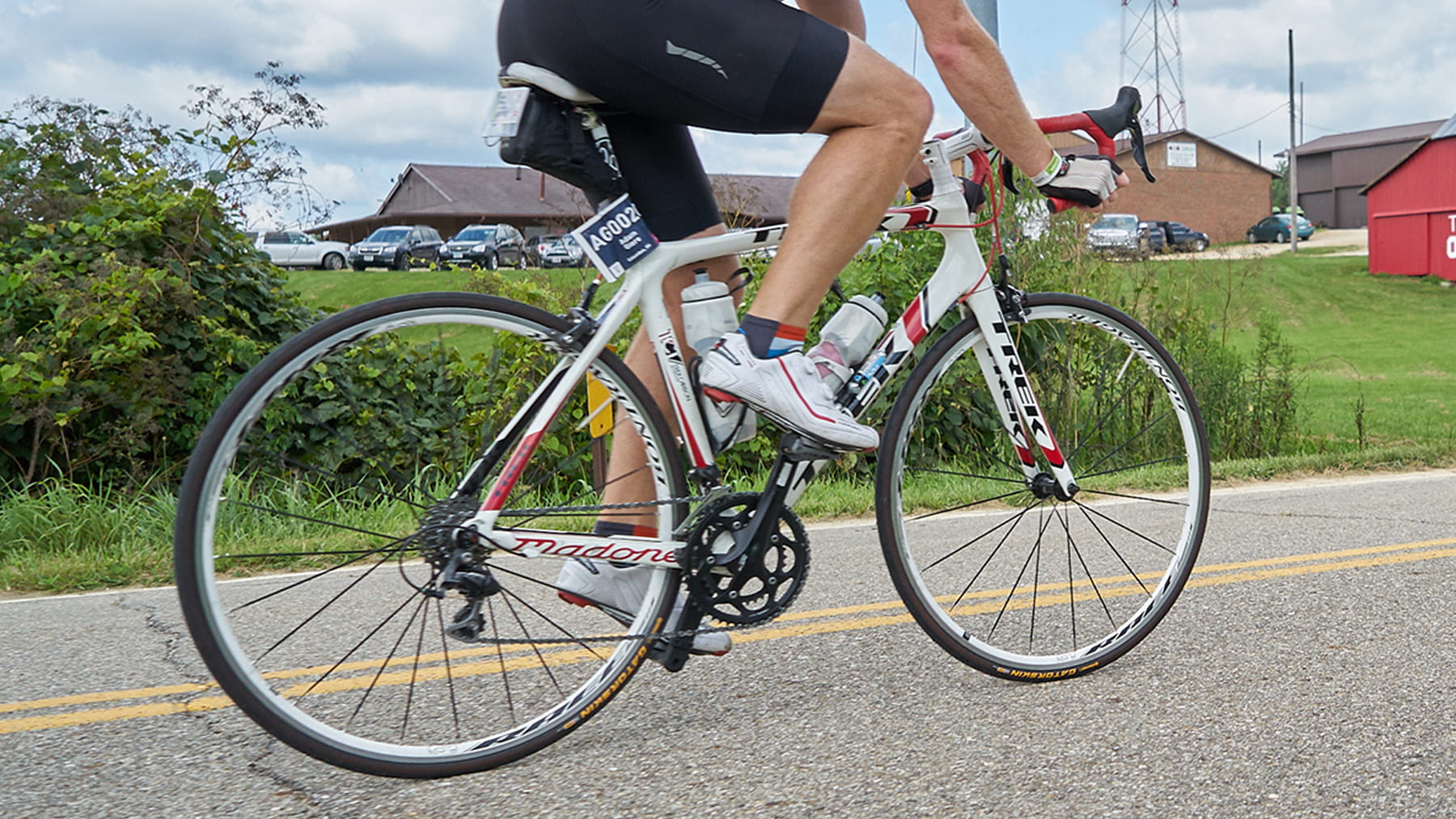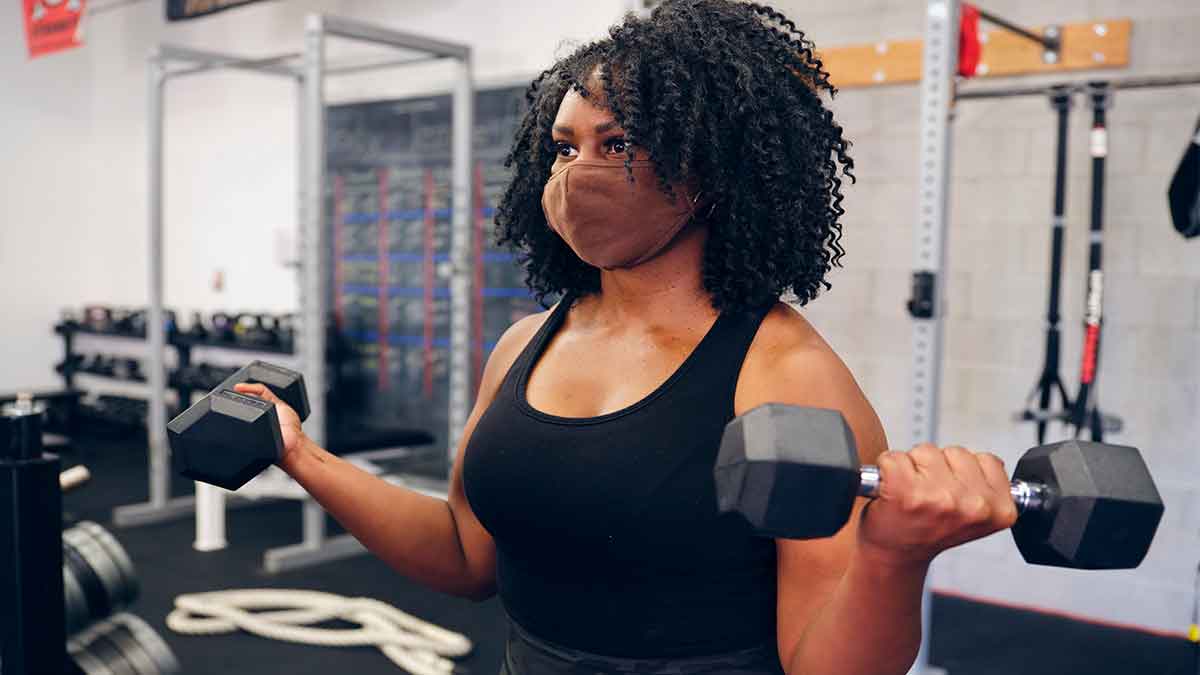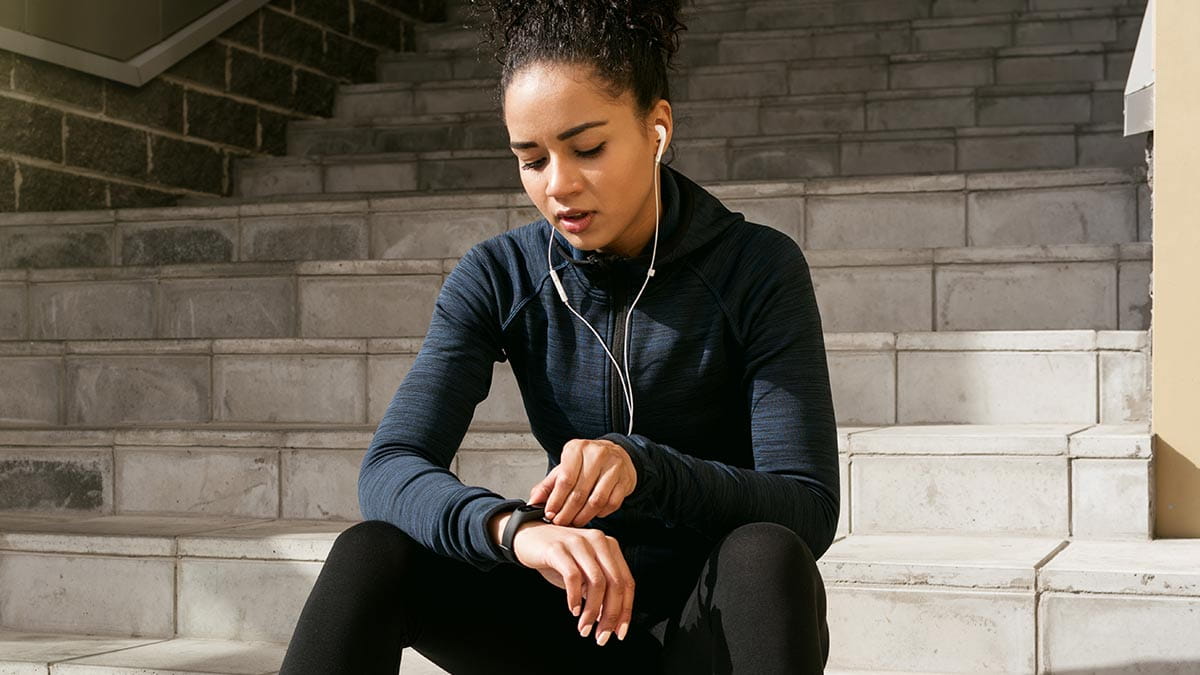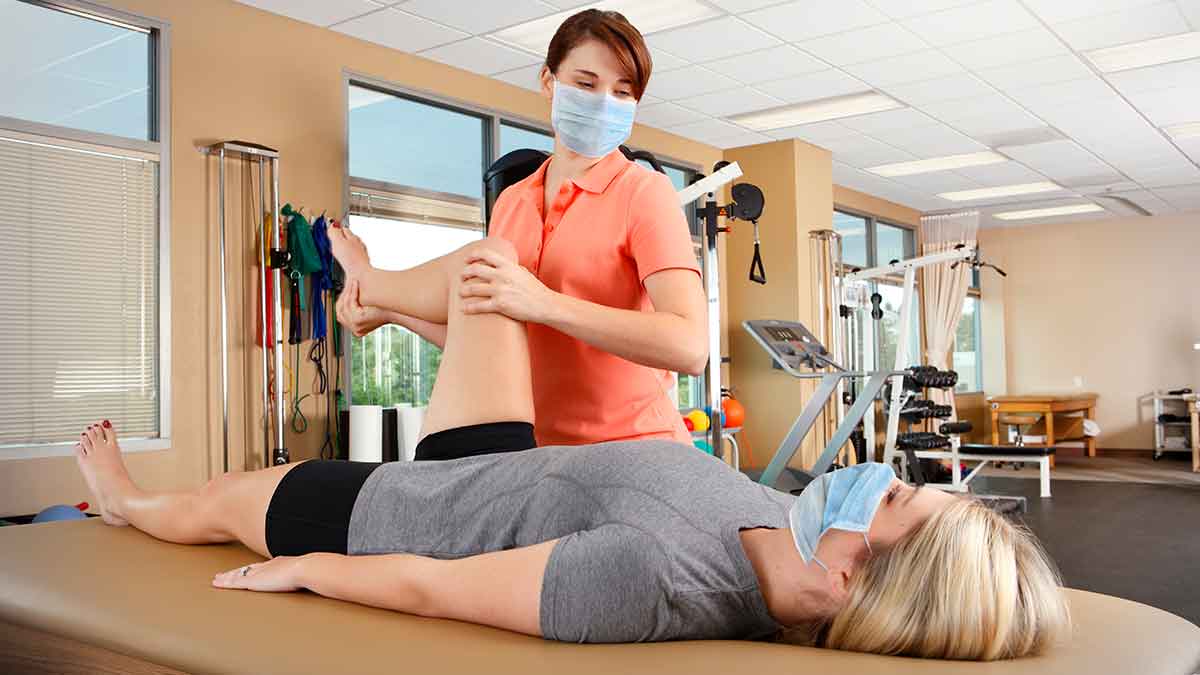Do this now to avoid cycling aches and pains

With any sport comes the risk of injury. That’s also the case with cycling. It’s a great, low-impact workout but if you don’t properly prepare, you could end up with a number of aches and pains.
The potential health issues associated with cycling include:
- Saddle sores
A saddle sore is irritation of the skin in the area where you sit on your bike seat. The sores are typically caused by excess friction on the skin from the bike seat while riding. Saddle sores can be just a minor irritation, but if not taken care of, they can progress to an infection, abscess or skin ulceration.
- Back, neck, wrist and foot pain
Cycling can lead to back and neck pain, and numbness in the hands and wrists. Some people develop burning and pain on the bottom of their forefeet called hot foot that’s caused by irritation and pressure to the nerves in that area.
- Scrapes and broken bones
The risk of wiping out on your bike is ever-present. You could roll over a large hole, bump into a fellow cyclist or crash into a car. A crash could result in scrapes, bruises, broken bones or head trauma. According to the Centers for Disease Control and Prevention, there are more than 460,000 bike-related injuries each year.
The potential for injuries doesn’t mean you have to stow away your bike. Here are a few tips to help you stay healthy on the road.
1. Get a bike fitting
Buy the right size bike and get a professional bike fitting. You can avoid a lot of aches and pains and be more comfortable on your bike if you start off with the correct positioning. The proper position varies from person to person and depends on your style of riding, your flexibility and your age. The bike fitter will look at seat height, handlebar reach, pedal motion, cleat setup and more. If you experience any pain while riding, go back and let the fitter know as minor adjustments can help.
2. Wear appropriate cycling gear including a helmet
The only cycling gear you should never leave home without is a helmet to protect your head in case you fall. If you’re an avid cyclist, the right clothing will help you stay comfortable while you ride. Cycling shorts with built-in padding provide cushioning and chamois cream can help prevent the excess friction that leads to saddle sores. Padded gloves help with handlebar vibration and can protect your hands if you fall. Selecting the proper type and size footwear as well as wearing moisture wicking socks can help prevent hot foot.
3. Train, train, train
If you have not trained properly, cycling could be painful. Just like any activity, you need to slowly build muscle and endurance to help prevent problems.
4. Take breaks
If you experience pain when you’re out on a long ride, take a break. Get off the bike to remove pressure from that area. Once the pain has subsided, resume your ride. If the pain continues, you may need to take a few days off to allow your body to heal.
5. Keep your eyes on the road
Knowing the rules of the road and following them is the best way to prevent crashes. When cycling with others, be very aware of everything around you. Do not stop fast or short when others are around and warn them of when you’ll be stopping, turning or changing lanes. If you fall and get gravel and debris in a wound, gently flush the area with water, apply an antibiotic ointment and cover it with gauze. If there are foreign bodies that you can’t remove or you’ve broken a bone, seek immediate medical attention.
Kendra McCamey is a sports medicine physician at The Ohio State University Wexner Medical Center and medical director of Pelotonia.




